Niché à l’extrême nord de l’Inde, le Ladakh est une destination de rêve pour les amateurs d’aventure. Avec ses terrains accidentés, ses paysages à couper le souffle et son atmosphère de tranquillité, ce désert d’altitude offre une expérience incomparable aux amateurs de sensations fortes. Que ce soit en trekking, à vélo, en rafting ou à la découverte d’anciens monastères, le Ladakh promet des souvenirs inoubliables. Le trekking est l’une des activités les plus exaltantes du Ladakh. Avec des sentiers traversant des chaînes de montagnes spectaculaires, des vallées paisibles et des villages pittoresques, le trekking au Ladakh est une expérience émouvante. Les treks de la vallée de Markha, du Chadar et du Stok Kangri comptent parmi les itinéraires les plus populaires, chacun offrant des défis uniques et des panoramas enrichissants. Le trek du Chadar, en particulier, est une aventure unique où les randonneurs marchent sur le fleuve Zanskar gelé, une expérience qui met à l’épreuve leur endurance et leur résilience.
Pour les amateurs de sensations fortes à moto, les routes accidentées du Ladakh représentent un défi ultime. Les routes Leh-Manali et Leh-Srinagar comptent parmi les plus pittoresques et les plus exigeantes au monde. Les motards franchissent des cols de haute montagne comme le Khardung La, l’une des routes carrossables les plus hautes du monde, et admirent des vues imprenables sur des sommets enneigés, des lacs azur et des paysages arides. Le Circuits au Ladakh d’accomplissement après avoir conquis ces routes est incomparable. Le Ladakh est également un paradis pour les amateurs de rafting. L’Indus et le Zanskar offrent des sensations fortes, les rafteurs naviguant à travers des rapides impétueux, des gorges profondes et des affleurements rocheux. Le Zanskar, souvent surnommé le Grand Canyon de l’Inde, offre une expérience de rafting intense, surtout en été, lorsque le fleuve est gonflé par la fonte des glaciers. Cette aventure met non seulement à l’épreuve les compétences des participants, mais leur permet également de s’imprégner de la beauté sauvage de la région.
Outre ses activités riches en adrénaline, le Ladakh regorge d’expériences culturelles et spirituelles. La région est parsemée d’anciens monastères comme Hemis, Thiksey et Diskit, qui offrent un aperçu de la sérénité du mode de vie bouddhiste. Le spectacle des moines récitant des prières avec en toile de fond les montagnes enneigées est véritablement fascinant. La visite de ces monastères ajoute une dimension spirituelle à l’aventure, la transformant en une expérience holistique. Autre attraction incontournable : le lac Pangong, une étendue d’un bleu éclatant qui change de teinte au gré des rayons du soleil. Camper sur ses rives sous un ciel étoilé est une expérience magique. De même, la beauté surréaliste de la vallée de la Nubra, avec son désert froid et ses chameaux de Bactriane, ajoute au charme des paysages variés du Ladakh. Le Ladakh est une terre d’extrêmes, où l’aventure rencontre la sérénité, et où la grandeur de la nature laisse une empreinte indélébile sur l’âme. Que vous soyez amateur d’adrénaline ou amoureux de la nature, cette terre mystique vous promet une expérience unique. Alors, faites vos valises, préparez-vous à des aventures en haute altitude et préparez-vous à créer des souvenirs inoubliables.






